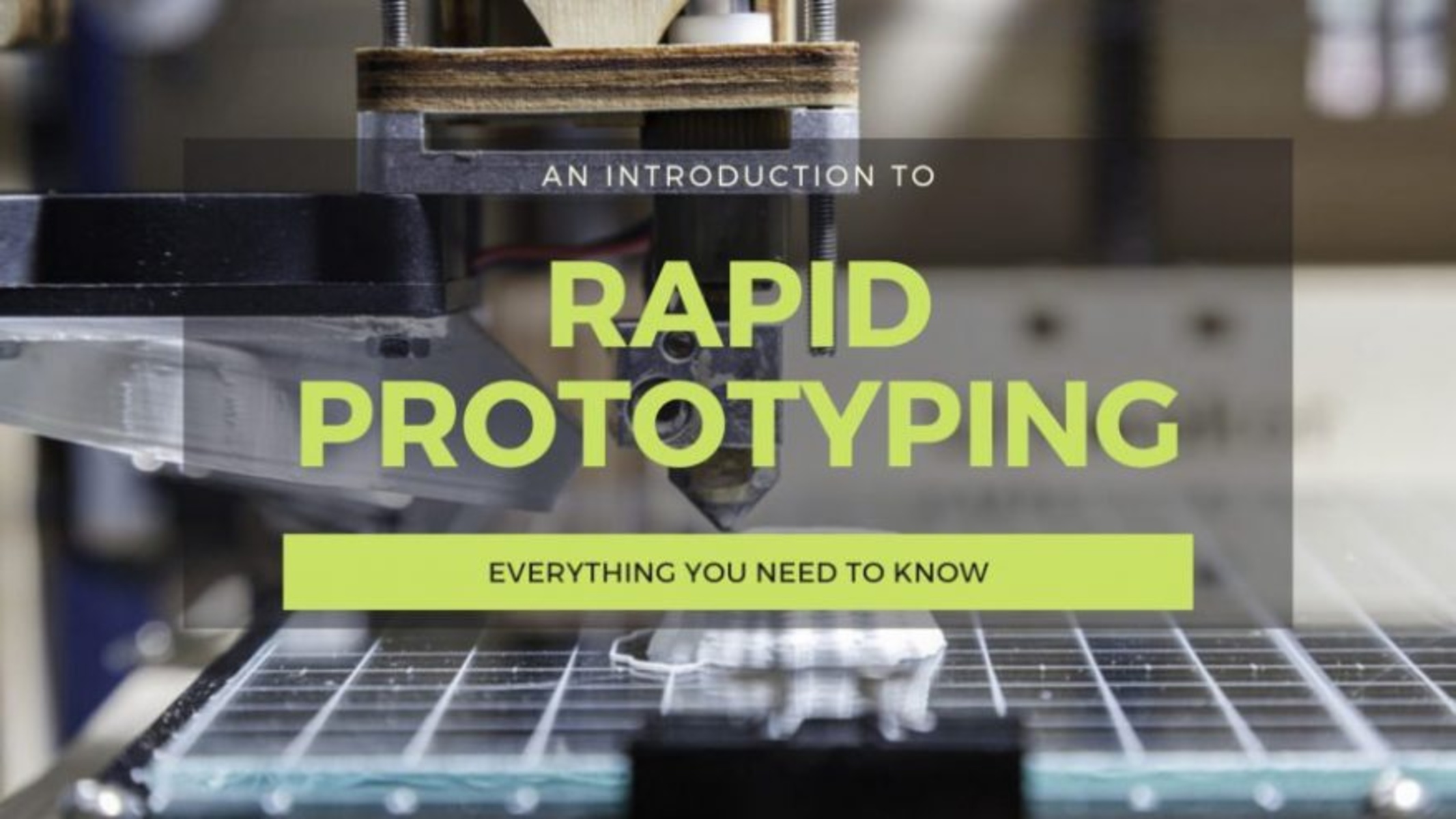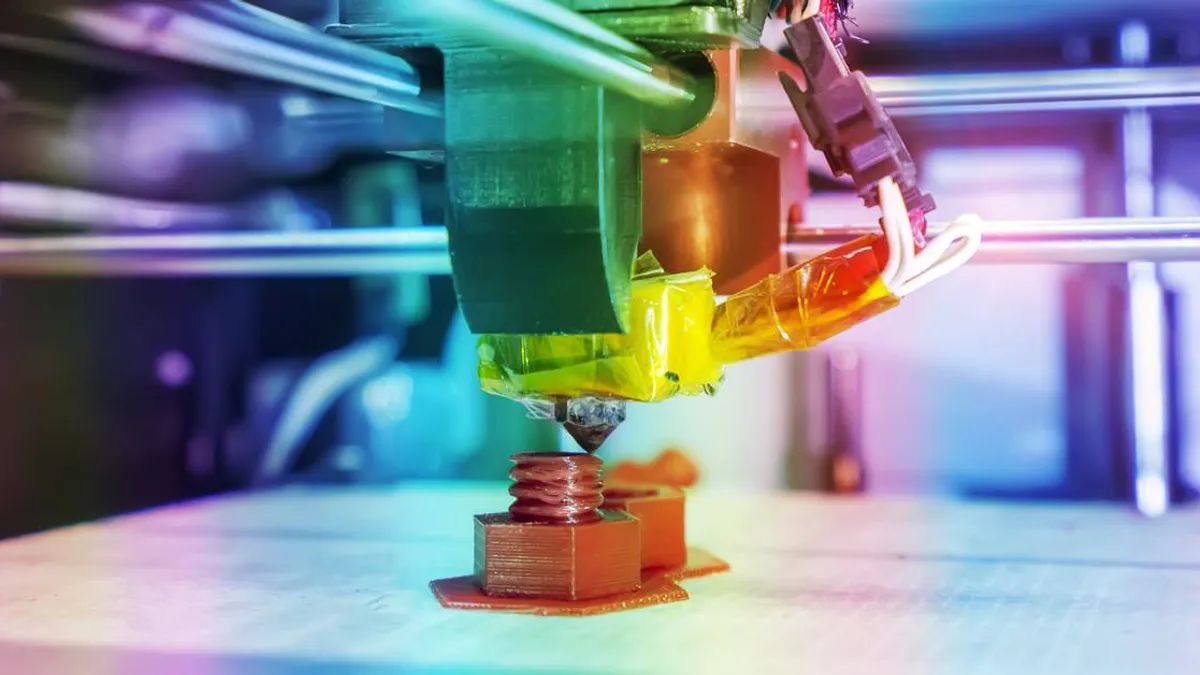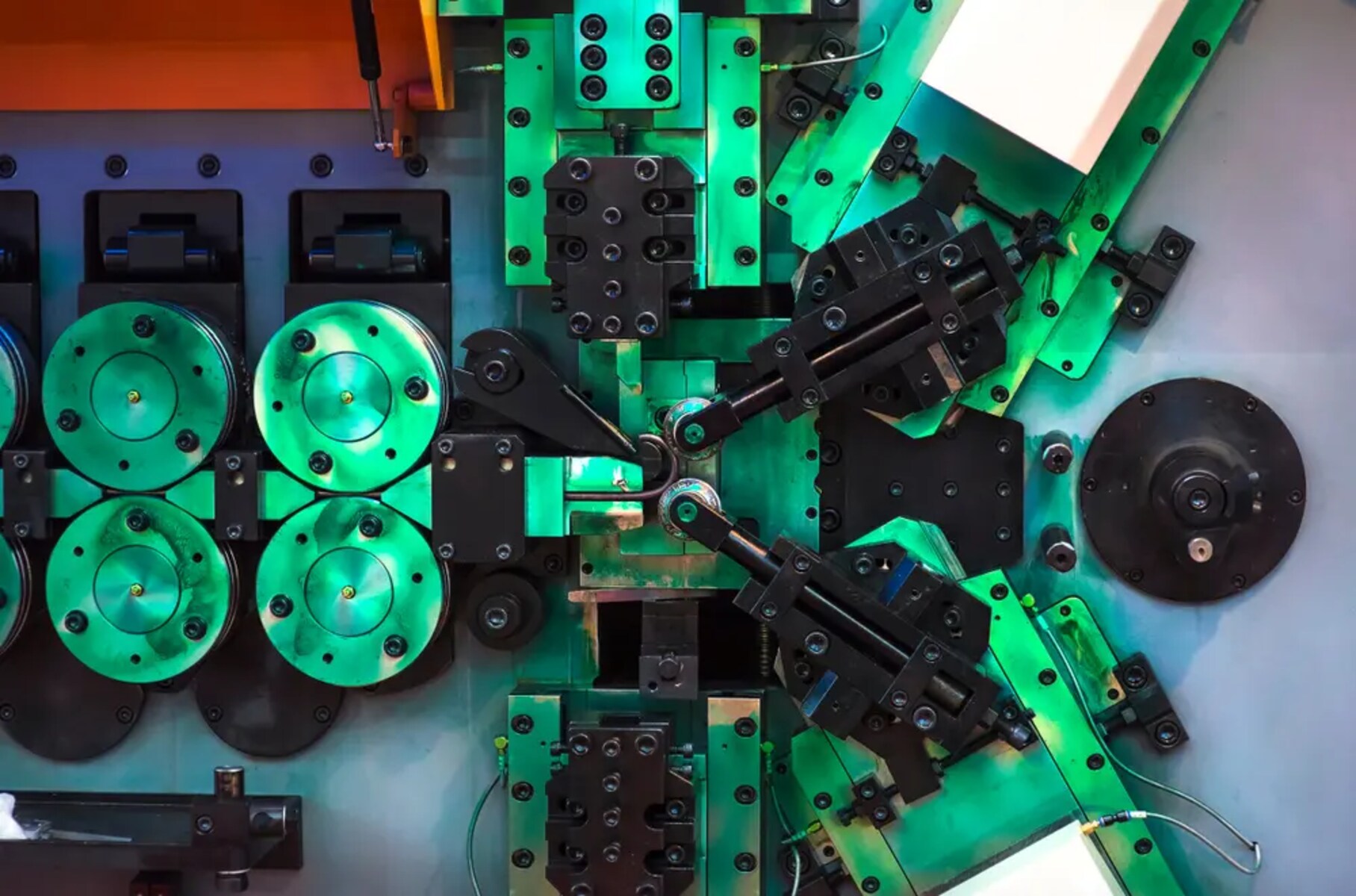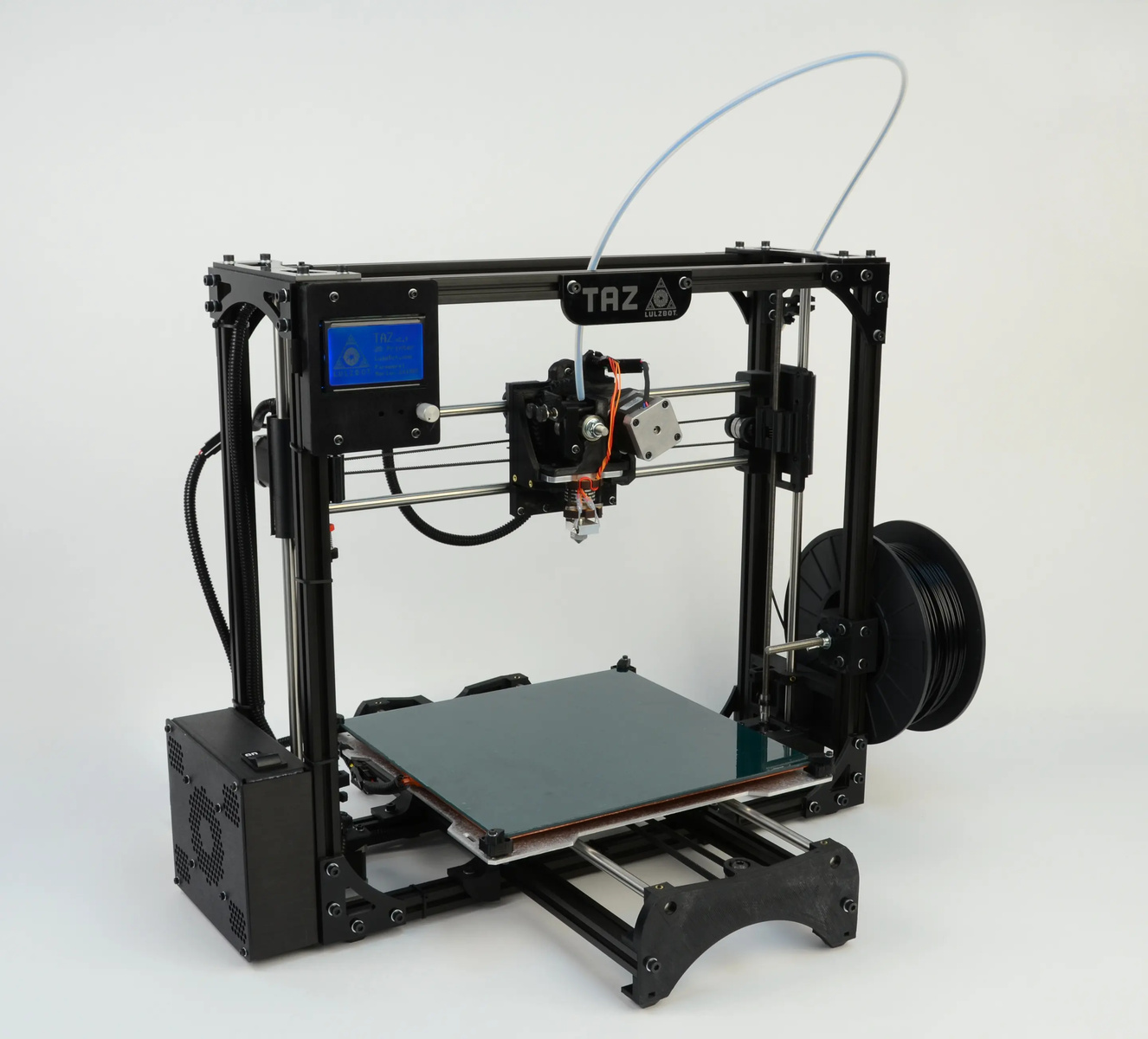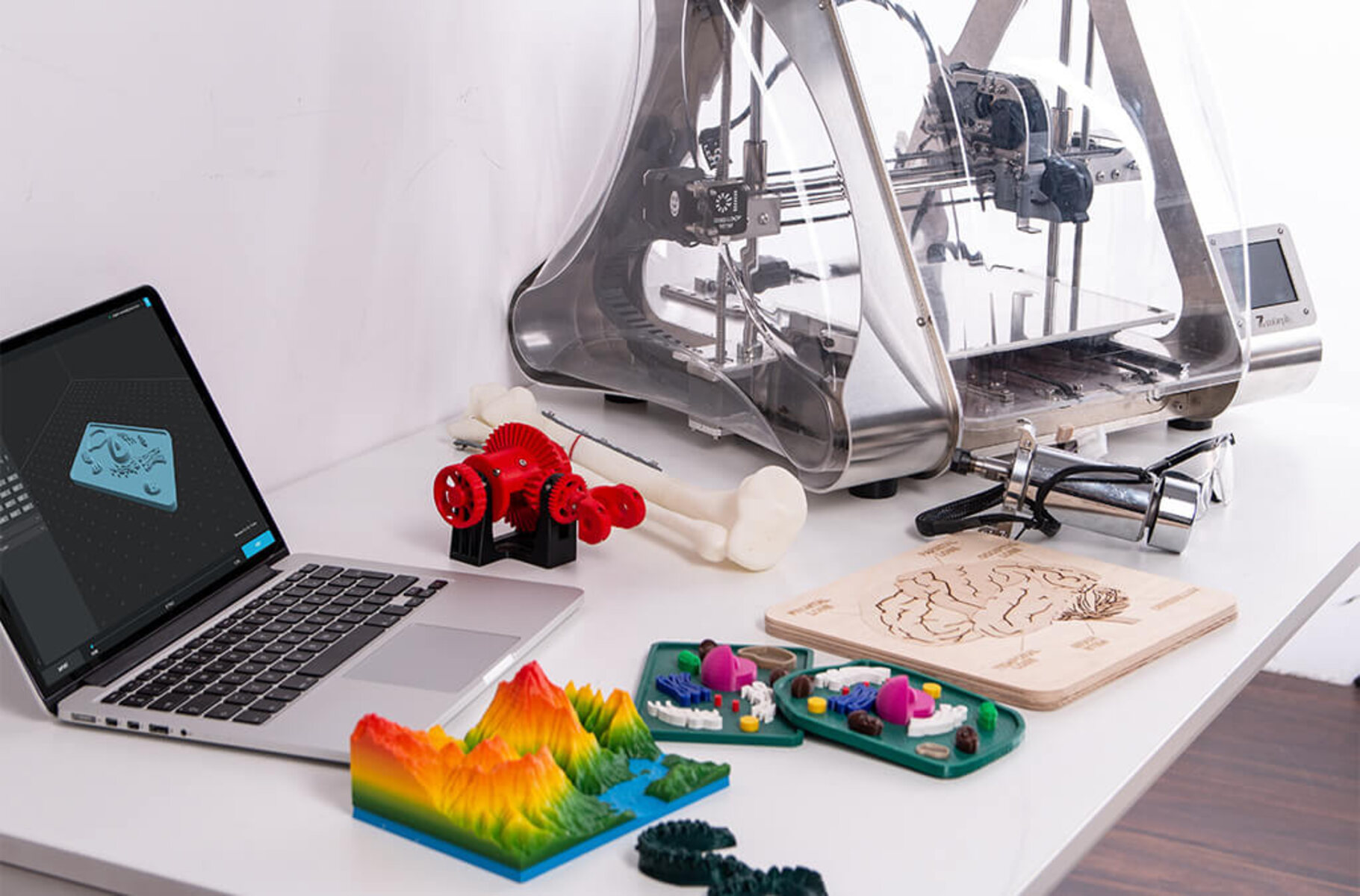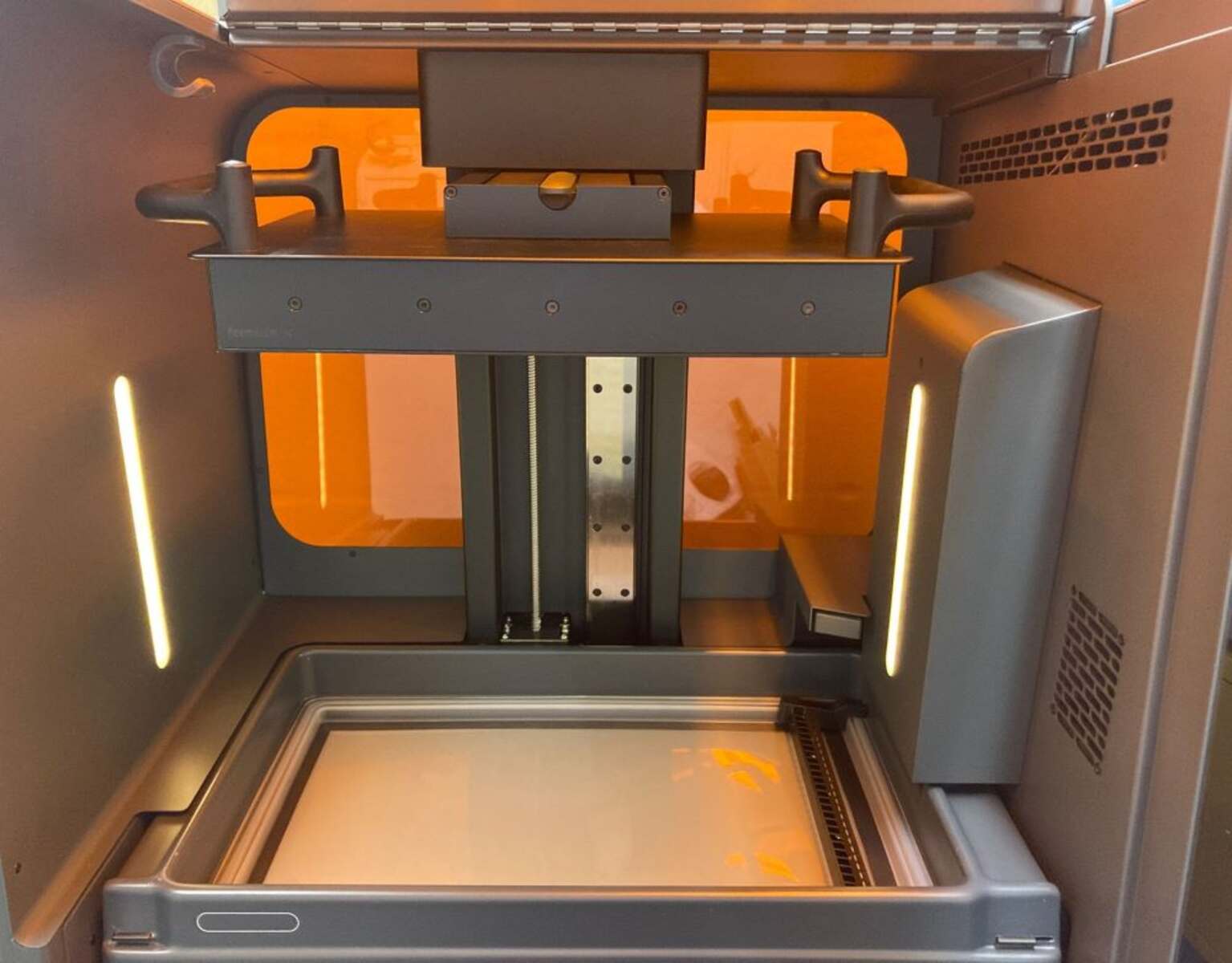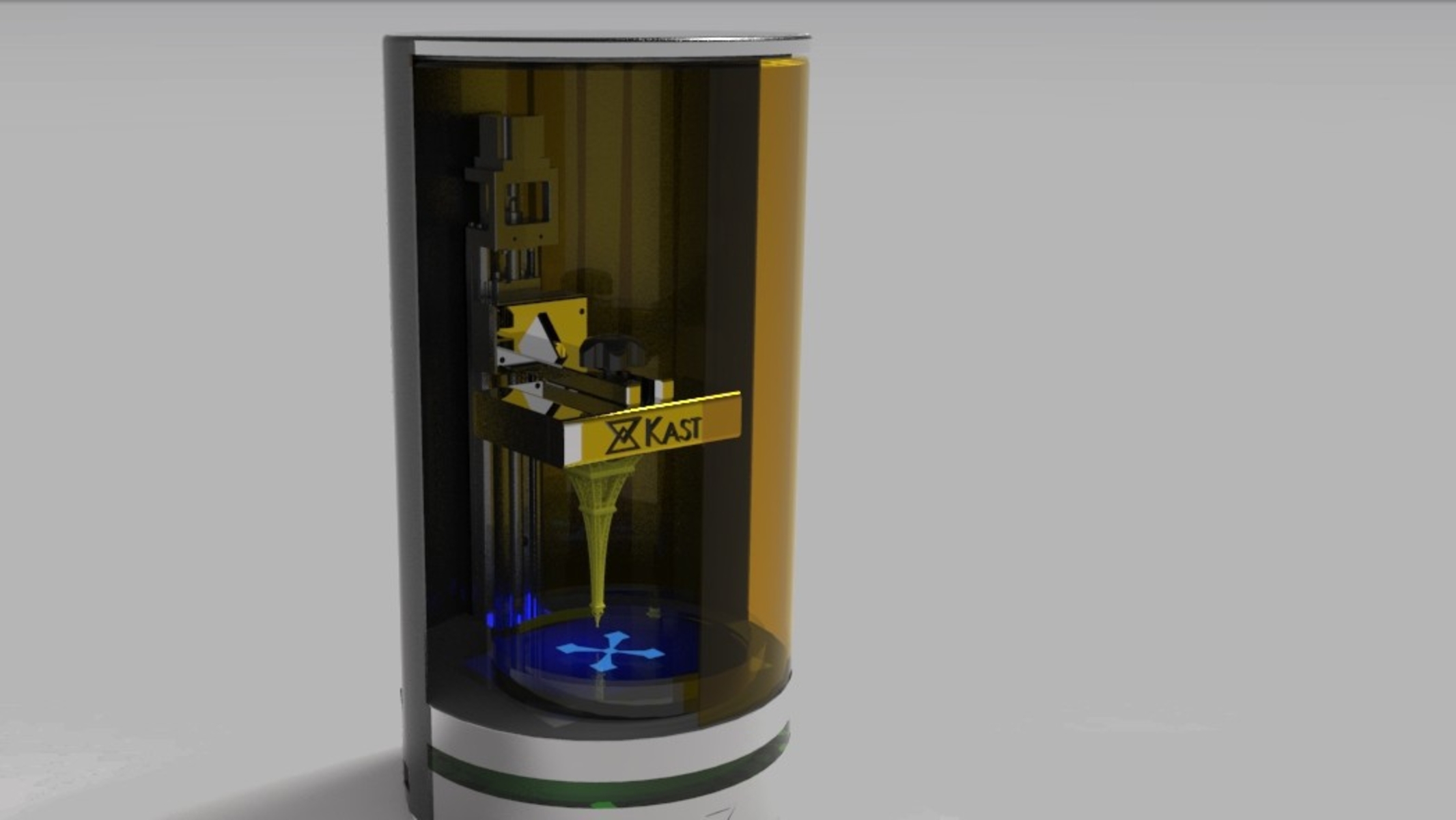Introduction
3D printing has revolutionized the way objects are created and manufactured. This advanced technology allows for the transformation of digital designs into physical objects with precision and efficiency. With its ability to produce complex and customizable structures, 3D printing has become a game-changer in various industries.
Using a layer-by-layer additive manufacturing process, 3D printing builds objects by depositing material, such as plastic, metal, or even biological tissue, layer upon layer until the desired shape is achieved. This process offers numerous advantages over traditional manufacturing methods, including reduced waste, faster production times, and the ability to create intricate designs that were previously impossible.
Rapid prototyping refers to the quick and cost-effective production of prototypes or models to test and validate design concepts before full-scale manufacturing. It plays a crucial role in product development, allowing companies to iterate and refine their designs efficiently. There are several rapid prototyping processes available, each with its own strengths and limitations.
3D printing, also known as additive manufacturing, is one of the most popular and widely used rapid prototyping processes. Its ability to create complex geometries and functional prototypes with exceptional accuracy makes it a preferred choice for designers, engineers, and manufacturers.
In this article, we will explore 3D printing as a rapid prototyping process in more detail. We will discuss its advantages, limitations, and applications across various industries. Whether you are new to the world of 3D printing or looking to expand your knowledge, this article will provide valuable insights into the exciting field of 3D printing as a rapid prototyping process.
What is 3D Printing?
3D printing, also known as additive manufacturing, is a process of creating physical objects from a digital design by adding material layer by layer. It is a groundbreaking technology that has gained significant attention in recent years due to its versatility and potential to revolutionize various industries.
The process of 3D printing begins with a digital model or design file created using computer-aided design (CAD) software. This digital file serves as a blueprint for the object to be printed. The file is then converted into a format that can be understood by the 3D printer.
Once the digital design is ready, the 3D printer starts building the object. It does so by depositing material layer by layer based on the instructions provided in the design file. The material can be in various forms, including plastic, metal, ceramic, or even biological tissue.
There are several types of 3D printing technologies available, each with its own unique process and characteristics. Some popular techniques include fused deposition modeling (FDM), stereolithography (SLA), selective laser sintering (SLS), and digital light processing (DLP).
Fused deposition modeling (FDM) is one of the most common 3D printing technologies. It uses a thermoplastic filament that is heated and extruded through a nozzle to create layers. This method is widely used due to its affordability, accessibility, and versatility in material choices.
Stereolithography (SLA), on the other hand, uses a liquid resin that is cured by a UV laser. The laser selectively hardens the resin layer by layer, creating a solid object. SLA is known for its high level of detail and accuracy, making it suitable for intricate designs and prototypes.
Selective laser sintering (SLS) involves using a laser to selectively sinter or fuse powdered material, such as nylon or metal, together to form the object. This method is advantageous for creating complex geometries and functional prototypes.
Digital light processing (DLP) technology uses a light source, typically a projector, to cure the liquid resin layer by layer. DLP offers fast print speeds and high-resolution prints, making it suitable for both prototyping and production applications.
3D printing has found applications in various industries, including manufacturing, healthcare, automotive, aerospace, architecture, and fashion. It is used for rapid prototyping, creating customized products, producing spare parts on-demand, and even for medical applications like creating implants and prosthetics.
As the technology continues to evolve and become more accessible, the possibilities of 3D printing are only limited by our imagination. From small-scale objects to large-scale structures, 3D printing is reshaping the way we envision and create physical objects in a fast, precise, and cost-effective manner.
Rapid Prototyping Processes
Rapid prototyping processes refer to the various techniques used to quickly produce physical prototypes or models for testing and validation purposes. These processes play a vital role in product development, allowing designers and engineers to iterate and refine their designs efficiently before proceeding to full-scale production.
There are several rapid prototyping processes available, each with its own advantages and limitations. Let’s explore some of the most commonly used methods:
1. Stereolithography (SLA): This process utilizes a liquid resin that is cured layer by layer using a UV laser. SLA is known for its ability to produce highly detailed and accurate prototypes with smooth surfaces.
2. Selective Laser Sintering (SLS): SLS involves the use of a laser to selectively fuse powdered material, such as nylon or metal, to create the desired object. This process is ideal for producing functional prototypes, complex geometries, and parts with high mechanical properties.
3. Fused Deposition Modeling (FDM): FDM is a widely used rapid prototyping process that involves extruding a thermoplastic filament through a heated nozzle. The material is deposited layer by layer, resulting in a sturdy and durable prototype. FDM is cost-effective and offers a wide range of material options.
4. Selective Laser Melting (SLM): This process is similar to SLS but is primarily used for metal prototyping. It uses a high-power laser to melt and fuse metal powder together, creating fully dense and functional prototypes with excellent mechanical properties.
5. Digital Light Processing (DLP): DLP technology utilizes a projector to expose a liquid resin to light, curing the material layer by layer. This process offers fast production times and high-resolution prints.
6. PolyJet Printing: PolyJet technology uses inkjet-like printers to jet layers of liquid photopolymer onto a build platform. Each layer is cured using UV light, allowing for the creation of multi-material prototypes with varying levels of flexibility and hardness.
These are just a few examples of rapid prototyping processes available today. Each process has its own strengths and limitations in terms of material compatibility, accuracy, speed, and cost. The choice of process depends on the specific requirements of the project and the desired outcome.
Rapid prototyping processes have revolutionized product development by enabling designers and engineers to quickly transform their ideas into physical prototypes. These processes significantly reduce the time and cost involved in traditional prototyping methods, such as CNC machining or manual modeling.
By utilizing rapid prototyping, companies can iterate and refine their designs faster, test for functionality and fit, and gather valuable feedback before investing in tooling and full-scale production. This iterative design process ultimately leads to better products, reduced development time, and increased customer satisfaction.
3D Printing as a Rapid Prototyping Process
3D printing has emerged as one of the most popular and versatile rapid prototyping processes. Its ability to quickly transform digital designs into physical objects with high precision and complexity makes it an invaluable tool for designers, engineers, and manufacturers.
One of the key advantages of using 3D printing as a rapid prototyping process is its capability to produce highly intricate and detailed prototypes. Traditional manufacturing methods often struggle to create complex geometries and internal structures, whereas 3D printing excels in this area. It can accurately reproduce intricate designs that would be challenging or impossible to achieve through other means.
Furthermore, 3D printing allows for customization and design iteration without incurring significant costs or delays. With traditional methods, modifying a design often requires substantial retooling and can be time-consuming and costly. In contrast, 3D printing allows for quick and easy design modifications. This makes it ideal for rapid iterations and exploring different design concepts.
Another benefit of 3D printing in rapid prototyping is its ability to reduce waste. Traditional manufacturing techniques often involve subtractive processes, where excess material is removed to achieve the desired shape. This results in significant material wastage. In contrast, 3D printing is an additive process, meaning material is only used where it is needed. This not only reduces material waste but also leads to cost savings.
3D printing is also a cost-effective solution for low-volume production or producing on-demand parts. Setting up a production line for small batches can be expensive and time-consuming. With 3D printing, parts can be produced as needed, eliminating the need for large inventory and minimizing warehousing costs.
Moreover, 3D printing enables the quick production of functional prototypes. Functional prototypes allow for testing and validation of the design’s performance, functionality, and fit. This helps identify design flaws or potential improvements early in the development process, reducing the risk of costly errors in later stages of production.
Despite its numerous advantages, it’s important to note that 3D printing also has some limitations as a rapid prototyping process. The production speed of 3D printing can be slower compared to traditional methods for mass production. Additionally, the material properties and mechanical strength of 3D printed prototypes may not always match those of the final product, especially in certain industries such as aerospace or automotive where extreme durability is required.
Nevertheless, the versatility, speed, cost-effectiveness, and intricate design capabilities of 3D printing make it an excellent choice for rapid prototyping. As the technology continues to advance, we can expect to see even more widespread adoption of 3D printing in various industries, further pushing the boundaries of innovation and product development.
Conclusion
3D printing has transformed the landscape of rapid prototyping processes, offering designers, engineers, and manufacturers a powerful tool to bring their ideas to life. Its ability to quickly produce complex and customized objects with precision and efficiency has revolutionized product development in various industries.
With 3D printing, designers and engineers can iterate and refine their designs rapidly, saving time and money compared to traditional manufacturing methods. The technology allows for the creation of functional prototypes, intricate designs, and even small-scale production runs. It provides the flexibility to make design modifications on the fly, reducing the risk of costly errors and allowing for faster product development cycles.
Furthermore, 3D printing has significant environmental benefits. Unlike subtractive manufacturing processes, such as CNC machining, 3D printing is an additive process that minimizes material waste. It uses only the necessary amount of material, reducing costs and environmental impact. Moreover, 3D printing enables the production of on-demand parts, eliminating the need for large inventories and reducing excess stock that might ultimately go to waste.
While 3D printing offers many advantages, it is important to consider its limitations. The production speed of 3D printing may not be as fast as traditional manufacturing for large-scale production. Additionally, the material properties and mechanical strength of 3D printed prototypes may vary from those of the final product, depending on the specific application and industry requirements.
Despite these limitations, 3D printing continues to evolve and improve, pushing the boundaries of what is possible in rapid prototyping. As the technology becomes more advanced and accessible to a wider range of businesses, the potential for innovation and creativity in product development expands.
In conclusion, 3D printing is a game-changer in the world of rapid prototyping. Its ability to transform digital designs into physical objects quickly and accurately, along with its customization options and reduced waste, make it an invaluable tool for rapid product development. By harnessing the power of 3D printing, businesses can accelerate their design processes, reduce costs, and bring innovative and high-quality products to market faster than ever before.







